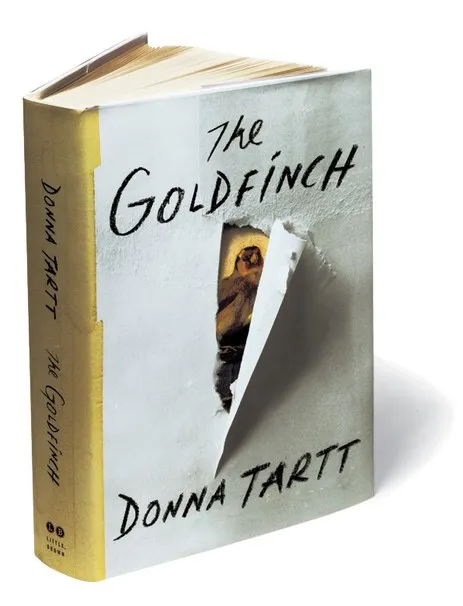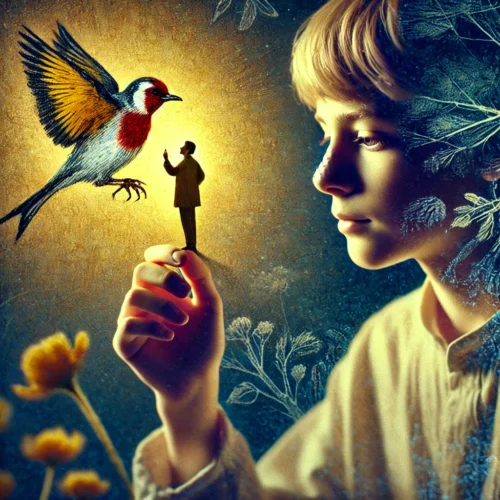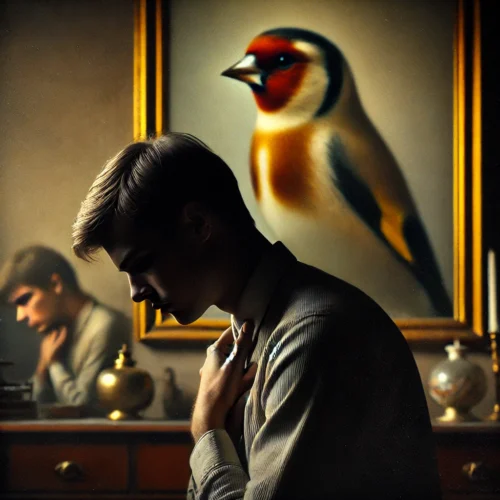Book Review | The Goldfinch, Donna Tartt
Donna Tartt’s The Goldfinch is a stunning exploration of grief, beauty, and survival. The way she weaves art and tragedy together left a lasting impression.
In this book review, we explore The Goldfinch by Donna Tartt, a novel that weaves together themes of loss, art, and redemption through the eyes of a troubled young protagonist. Winner of the Pulitzer Prize for Fiction, this novel delves deep into the life of Theo Decker, whose world is turned upside down by a terrorist attack in a museum. Tartt’s vivid storytelling and intricate plot structure keep readers engaged, making The Goldfinch a compelling, albeit lengthy, read.

Plot and Character Overview
At the heart of The Goldfinch lies Theo Decker, a boy who survives a bombing that takes his mother’s life and leaves him with a priceless piece of art—a painting called The Goldfinch. His journey is one of emotional turmoil and moral complexity as he navigates his teenage and adult years, haunted by grief and the pressure of keeping a stolen masterpiece.

Main aspects of the book:
- Theo’s traumatic experience at the museum.
- His complicated relationship with his father.
- His bond with Boris, a chaotic friend from his youth.
Each of these relationships shapes Theo’s emotional and moral landscape, making his journey a tangled web of love, regret, and survival.
The Weight of Grief and Art
In the review of this novel, we cannot ignore the deep emotional undercurrents Donna Tartt weaves into Theo’s story. The painting becomes more than just an object—it’s a symbol of Theo’s burden, a reminder of both beauty and loss. Tartt masterfully ties Theo’s fate to The Goldfinch, as it becomes the anchor in his turbulent life.
As Tartt writes,
“We can’t choose what we want and don’t want, and we can’t choose who we want to love.”
This quote encapsulates Theo’s inner turmoil, particularly his inability to escape the weight of his mother’s death and his feelings toward the painting. The novel’s exploration of grief is visceral, as it delves into how art can both soothe and intensify pain.

Key Themes and Motifs
Several recurring themes run through The Goldfinch:
- The idea of fate versus free will.
- The question of moral ambiguity and theft.
- The search for identity amid chaos and trauma.
The motif of the painting, The Goldfinch, constantly reappears, acting as a thread that ties together these deeper existential questions. Tartt challenges readers to consider the role art plays in shaping our lives and decisions.
Theo’s Emotional and Moral Journey
Theo’s journey is as much about his inner conflicts as it is about external events. His relationship with Boris, a key character, is fraught with danger and excitement, further complicating his moral compass. Tartt explores how people navigate morally grey areas, especially when survival is at stake.
“You can’t steer yourself out of fate, no more than you can pull yourself up by your own bootstraps.”
Theo reflects at one point, illustrating his constant struggle between personal responsibility and the chaos of his life. This struggle shapes his entire journey, making his moral and emotional battles the novel’s most poignant aspects.

Conclusion and Impact
In the final sections of the book, Theo faces the consequences of his decisions, particularly those tied to his possession of The Goldfinch. His story leaves readers questioning whether redemption is possible for someone whose life has been so shaped by trauma and bad choices. Tartt doesn’t offer easy answers, instead providing a complex and layered ending that lingers long after the book is closed.






